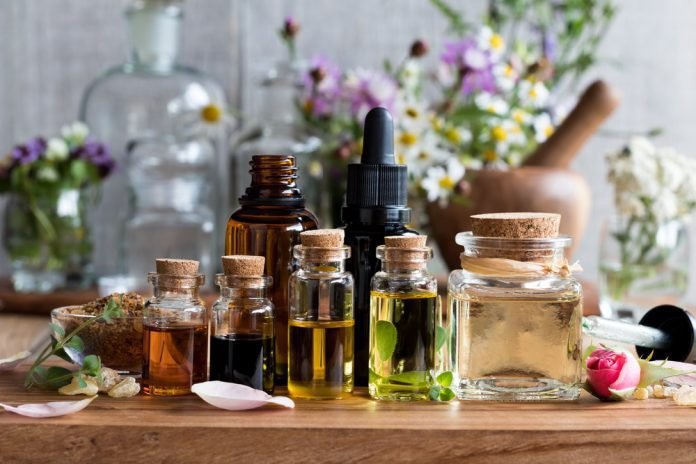Last Updated on February 14, 2024 by Nasir Hanif
Essential oils are everywhere these days. You can find them in pharmacies, big-box department stores and even online. And speaking of online, you can hardly visit your favorite social media pages without running across essential oil discussions. Essential oils have become a cultural phenomenon as well as a consumer product.
For those in the industry, essential oils are nothing short of concentrated plant goodness. They are oils nature offers us relatively free. And unlike other types of oils, essential oils are largely harmless to the environment. What is not to love?
If you are new to essential oils, you may be curious as to what they really are and where they come from. Well, there’s good news on that front. You can learn just about everything you want to know about them online. There is plenty of accurate information discussing the topic in extensive detail. This post will serve as a basic introduction.
Table of Contents
Essential Oils Are Plant Extracts
Essential oils are explained best as plant extracts. Some essential oils are extracted from seeds, though most come directly from the leaves and stems of the plant in question. For example, mint extract is an essential oil extracted from the mint plant. Cooks were using it for generations before essential oils were developed into a lucrative business opportunity.
Nearly every plant species in the world produces an essential oil. The oils give plant life their unique orders. Sometimes the oils attract pollinators. On the other hand, essential oils can ward off predators. Isn’t it interesting what nature has done here?
Harvesting the Plant Goodness
That lemongrass essential oil you have in your medicine cabinet had to be extracted from plant material. How does that work? It requires some sort of extraction equipment. If you were in the business, you might buy your equipment from Houston-based Cedarstone Industry.
However, you wouldn’t call them and just ask for a plant oil extractor. You would have to know what kind of extraction method you wanted to utilize. You can extract mechanically or by way of distillation. Both processes require different types of equipment.
Mechanical extraction involves reducing plant material volume by way of small, stainless steel spikes built into rotating steel drums. Agitating the plant material forces the release of the oils you are after. Meanwhile, extracting through distillation is no different than distilling grain to create alcohol.

Essential Oil Uses
Once you have extracted essential oils and separated them from unwanted compounds, what next? You either bottle them directly or combine them with other ingredients to create consumer products. When bottled directly, you are looking at the most expensive essential oil product on the market. Why? Because it takes a lot of plant material to create a small amount of oil.
When you’re combining essential oils with other ingredients, you don’t need as much oil to make the product at hand. Thus, you can find things like air fresheners and household cleaners that cost a lot less than essential oil concentrates.
So, what do people use essential oils for? Here are just a few possibilities:
- Cleaning – Some essential oils are particularly good for making household cleaners. Lemon and orange immediately come to mind.
- Health – Other essential oils are believed to offer health benefits. For example, peppermint is said to relieve itchy, irritated skin. It can also help ease headaches and the symptoms of respiratory infection. Eucalyptus is a great essential oil for arthritis relief and dealing with congestion.
Aromatherapy is another common use for essential oils. There are others, too. Essential oils represent pure plant goodness just waiting to be harvested and put to use.
Apart from that if you want to know about Herbal Oils- Explained In Detail then please visit our Technology category.



























